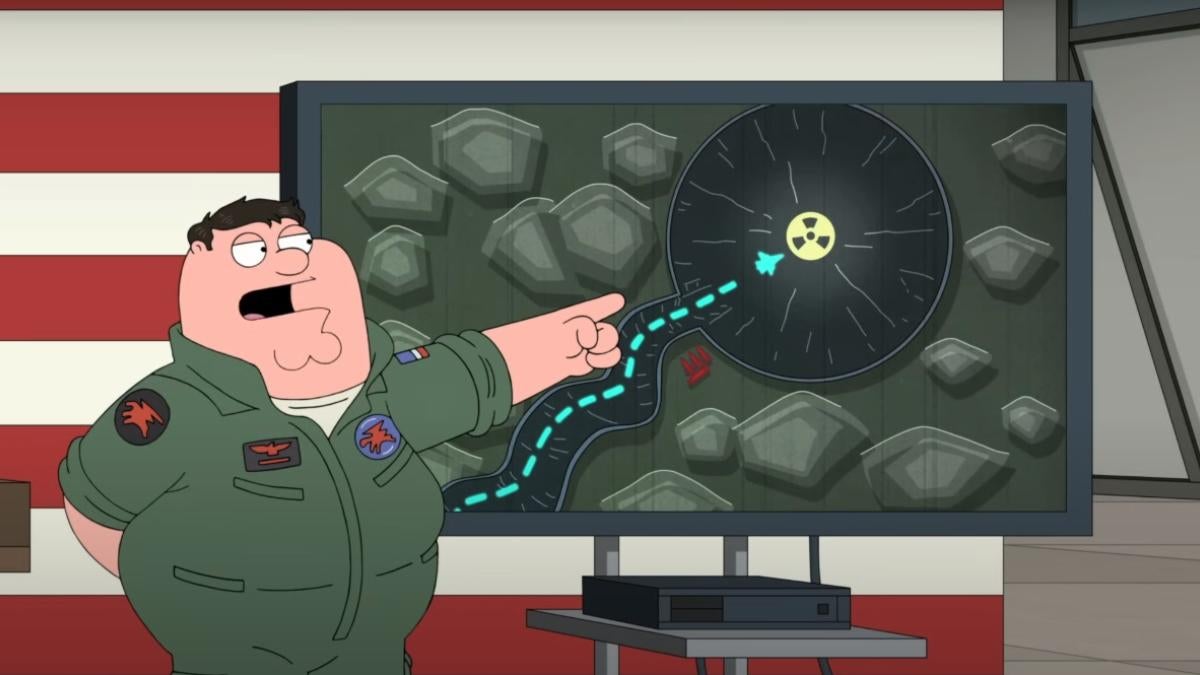How 'Alita: Battle Angel' Executed Impressive Performance Capture
Alita: Battle Angel is a product of cinematic visual effects reaching an all-time high in order to [...]
Alita: Battle Angel is a product of cinematic visual effects reaching an all-time high in order to tell an action-packed and human story from director Robert Rodriguez and the Weta Digital team.
For Alita to be successful, it starts with its lead actress Rosa Salazar. Salazar, who recently appeared in the Netflix breakout Bird Box, is not entirely unrecognizable in Fox's latest endeavor. Despite wearing a full motion-capture suit and performance-capture rig for her face, the final product results in a face which a combines Salazar's look with that of Alita's manga counterpart in live-action. The performance capture elements were only the beginning for the actress.
"A lot of the training was martial arts training," went into the performance, Salazar explains to Comicbook.com in the video above. "That was the thing I added to the... not the training, but the preparation that I always do with the books and the script, that's a whole separate thing. But the physical training, I did a lot of martial arts, different kinds of martial arts."
Of course, motion-capture performances are most commonly associated with Andy Serkis, who has previously brought Gollum and Caesar to life in their respective Lord of the Rings and Planet of the Apes franchises. Salazar, however, was on her own when it came to seasoned mo-cap veterans reaching out.
"I don't have Andy Serkis' number but I'm trying to get it," Salazar joked. "I watched a lot of the making of the Lord of the Rings movies, and I watched a lot of his performance capture. That was so back in the day that it was a little bit different. I wore the most advanced suit, so it was a little bit different. But we just got into it, little by little by little by little. I tried on the first suit, the gray suit. Then we tried on the helmet. Then we had a day where we just did the romming and the scanning into the system. It was just like any other kind of training for a job."
For Salazar's co-star Christoph Waltz of Django Unchained fame, acting opposite her was no different than any other set. "It doesn't make any difference," Waltz said of acting alongside motion-capture. "Because it's not Alita, anyway, I work with. It's Rosa, in any case. That's what we do. It's part of the job description, to play. And every kid who plays properly, not with some moronic gadget, but proper play, like kids do best, they wouldn't be bothered by booms or gray suits. You play. That's the whole fun of it."
As the story goes, Titanic and Avatar director James Cameron wanted to bring Alita to life more than a decade ago. However, with Avatar coming along, Cameron got caught up in what became the world's largest box office hit and dished his script over to Rodriguez. According to visual effects genius Joe Letteri, that may have been for the best.
"We always try to advance the technology based on what the movie needs, but 15 years ago it would have been hard to make that kind of leap," Letteri said. "It was much better that we went the route that we did and did Avatar first because we learned so much from that that turned out to be the basis for what we used to create this film." In fact, one of Alita's eyes has more layers and complexities in it than all of Gollum in the Lord of the Rings movies. To top that, her cyborg body is comprised of more than 7,000 individually created pieces and layers designed uniquely by the film's VFX artists.
As for the future in visual effects and film, Alita might just open the door for other anime or manga titles to be brought to live-action life such as Dragon Ball Z. "We hope that the more that people see stories like this being told the more they realize that there's fewer and fewer horizons that aren't open as filmmakers to try something new," Letteri said.
Alita: Battle Angel hits theaters on February 14, 2019.




